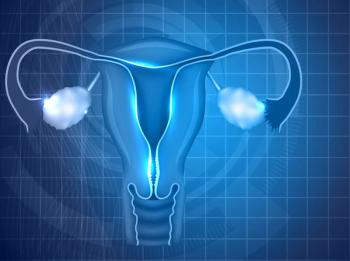
Uptick in HPV Vaccinations Highest in Hispanic, High Poverty Communities
Adolescent girls who live in predominantly Hispanic and high poverty communities are more likely to have had at least one HPV vaccine dose compared to girls in low poverty communities and those with different ethnic make up.
Adolescent girls who live in predominantly Hispanic and high poverty communities are more likely to have had at least one human papillomavirus (HPV) vaccine dose compared to girls in low poverty communities and those with different ethnic makeups, according to the results of a study
“HPV vaccines could dramatically reduce the incidence of HPV-associated cancers, but uptake of these vaccines is far lower than for other routine childhood and teen immunizations,” said study author Kevin A. Henry, PhD, a member of Fox Chase Cancer Center’s Cancer Prevention and Control program, in a statement.
Of the geographic factors analyzed in the study, the racial and ethnic community composition best predicted uptake of HPV vaccination. Sixty-nine of the Hispanic communities assessed had initiation of HPV vaccination in girls-the highest detectable rate-compared with 54% among non-Hispanic black communities and 50% among non-Hispanic white communities.
Approximately 49% of Hispanic girls from predominantly non-Hispanic white communities initiated vaccination compared with about 68% of Hispanic girls living in predominantly Hispanic or mixed-race communities.
The study also found that in communities where 20% or more people were below the poverty level (high poverty), the probability of HPV vaccine initiation was 1.18 times greater than in low poverty communities.
The
The researchers analyzed National Immunization Survey-Teen data from 2011 and 2012, focusing on the 20,565 girls aged 14 to 17 for whom there were validated vaccination records. The CDC conducts the survey to monitor vaccination trends throughout the United States. In both years, the CDC estimated that 53% of the girls surveyed had received at least one HPV vaccine dose.
According to the study authors, further work is needed to understand the trends found in this work, particularly, why among high-poverty non-Hispanic black communities the rates of HPV vaccination are lower than among their counterpart Hispanic communities.
“We have a cancer prevention vaccine that is severely underutilized in the United States. We need to explore how to improve targeted public health messaging to promote this vaccine among socio-demographic groups who are least likely to receive it,” said study author Deanna Kepka, PhD, MPH, an assistant professor in the College of Nursing at the University of Utah, in a statement.
Newsletter
Stay up to date on recent advances in the multidisciplinary approach to cancer.

















































































